The Mockingbird comprises a group of songbirds in the Mimidae family. Their closest relatives are thrashers, catbirds, and tremblers. Scientists recognize 17 different species of these birds across 3 different taxonomic genuses.
We will focus on the Northern Mockingbird, as it is the most common and well-known species. Read on to learn about the Mockingbird.
Description of the Mockingbird
The Northern Mockingbird is a medium sized songbird, being about 9 or 10 inches long from beak to tail. Its wingspan is about a foot across, and its tail is quite long at 4 or 5 inches.
This species weighs about 1 or 2 ounces, and females are slightly smaller than males. These birds have light gray plumage, and slightly darker grey wings.
Interesting Facts About the Mockingbird
This bird is incredibly common in North America. Learn what makes them unique and interesting below.
- The Mockingbird’s Song – As most people know, these birds are wonderful singers. Males sing louder and more frequently than females. They also sing more frequently when they are looking for a mate.
- Varied Repertoire – These birds continue learning songs throughout their entire lives. Females learn many songs, but males take the cake in the vocals category. A single male Mockingbird might learn up to 200 different songs in his lifetime!
- To Kill a Mockingbird – Sadly, their beautiful songs nearly led to their downfall. During the 19th century, prior to their protection, wild populations plummeted on the east coast of the United States. People captured birds to keep as pets for their beautiful songs.
Habitat of the Mockingbird
These birds live, forage, and nest, in a wide variety of habitats. They prefer open areas with low shrubbery and sparse trees. Some of their favorite habitats are thickets, scrub forests, grasslands, savannas, forest edges, and desert edges.
This species also inhabits more urban areas, like farms, pastures, suburbs, parks, and gardens. In these areas they often forage in fruit trees, hedges, bushes, and more.
Distribution of the Mockingbird
Northern Mockingbirds live from southeast Canada to southern Mexico and Central America. In the northern portions of their range, they migrate south for the winter.
Seasonal breeders live from southeast Canada and Maine across to New Mexico and Arizona, and up to northern California and Oregon. Across the rest of the southern United States and Mexico they live year-round. This species also lives in the Bahamas, Greater Antilles, and the Cayman Islands.
Diet of the Mockingbird
This species is omnivorous, which means they eat both plants and animals. Most of their animal prey consists of insects and other invertebrates. They hunt for flies, bees, beetles, wasps, worms, ants, moths, and more.
On the herbivorous side of their diet, they forage for a variety of fruits, seeds, and berries, including figs, mulberries, brambles, holly, grapes, and more.
Mockingbird and Human Interaction
Humans and Mockingbirds usually coexist somewhat peacefully. This species does feed on the seeds and berries of ornamental plants, but the damage to the plant is usually minimal. They also eat insects, many of which people view as pests.
Bird watchers enjoy listening to the Mockingbird’s song, and feed this species with birdfeeders. Their populations are quite stable, and the IUCN lists the Northern Mockingbird as Least Concern.
Domestication
Humans have not domesticated Mockingbirds in any way.
Does the Mockingbird Make a Good Pet
No, these birds do not make good pets. Capture for the pet trade almost drove this species to extinction! They do not fare well in a household setting, and it is illegal to own or capture one in the United States.
Mockingbird Care
In zoos and aquariums, Mockingbirds usually live in large aviaries with a variety of other species. Because these birds are so common, it is not unusual for human activity to injure them.
Sometimes an injured bird can no longer survive in the wild, and in this case, zoos provide them with a home if they can. Zookeepers feed the Mockingbirds a variety of fruits and berries, as well as crickets, mealworms, and pelleted insectivore feed.
Behavior of the Mockingbird
Mockingbirds are primarily diurnal, though some birds sing at night. They are not social, and outside of mated pairs, they do not interact with one another when they can help it. These birds patrol territories, and the best territories contain reliable food sources and choice nesting locations.
Female Mockingbirds chase away female intruders, and males chase away male intruders. Especially while nesting, these birds also chase people, dogs, cats, and other predators.
Reproduction of the Mockingbird
Most Mockingbird couples are monogamous, and continue to breed year after year for life. They build their nests out of twigs, sticks, grass, leaves, and even cotton or paper. Females lay an average of four eggs per clutch.
The female incubates the eggs for about two weeks before they hatch. Young Mockingbirds develop quickly, and the chicks begin learning to fly when they are less than two weeks old.
Beliefs, Superstitions, and Phobias About the Mockingbird
These birds are prominent in different paintings, folk stories, songs, and even literature. In these depictions the artist usually depicts Mockingbirds as innocent birds with beautiful songs. This species is the state bird in several U.S. states, including Florida, Texas, and more.


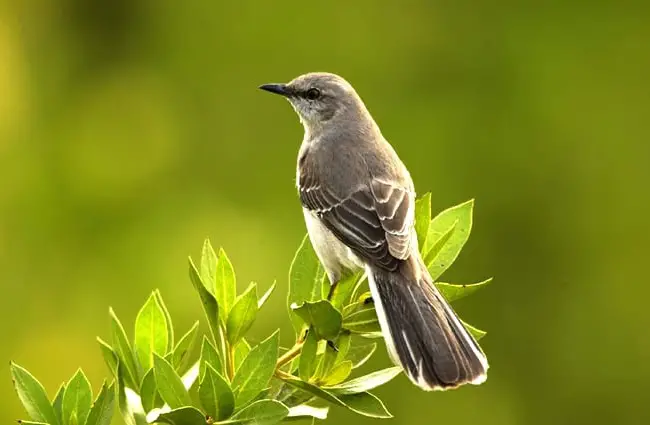
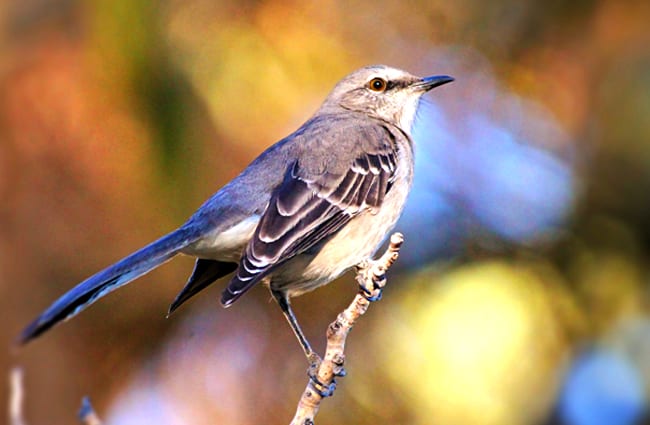
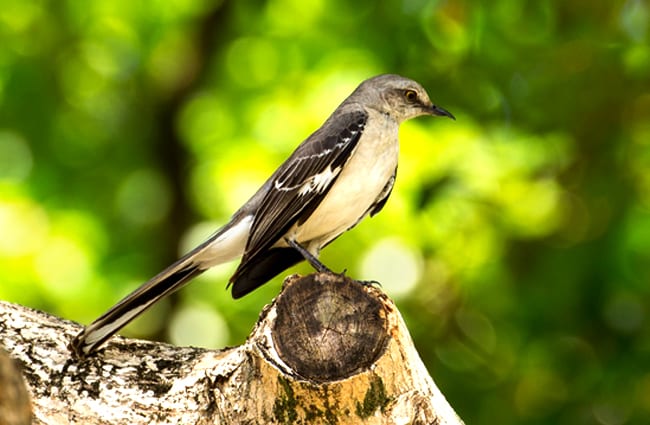

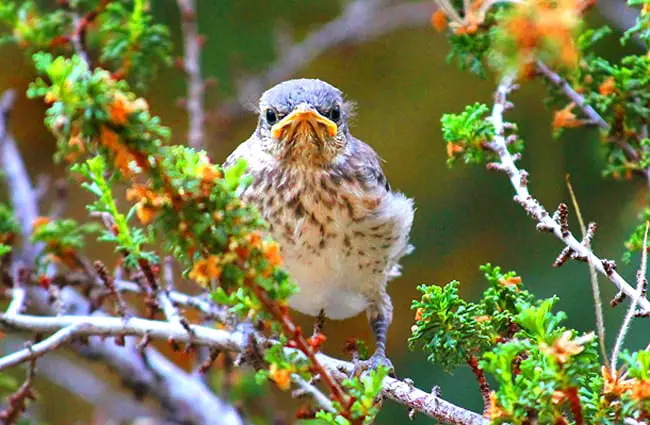
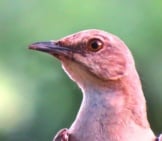
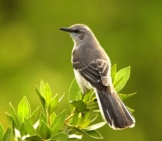

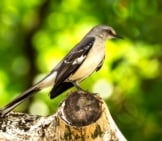
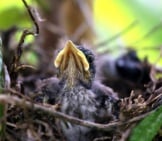
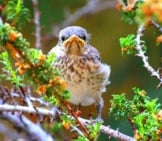
![Red Angus Closeup of a beautiful Red Angus cowPhoto by: U.S. Department of Agriculture [pubic domain]https://creativecommons.org/licenses/by/2.0/](https://animals.net/wp-content/uploads/2020/03/Red-Angus-4-238x178.jpg)












![Red Angus Closeup of a beautiful Red Angus cowPhoto by: U.S. Department of Agriculture [pubic domain]https://creativecommons.org/licenses/by/2.0/](https://animals.net/wp-content/uploads/2020/03/Red-Angus-4-100x75.jpg)

